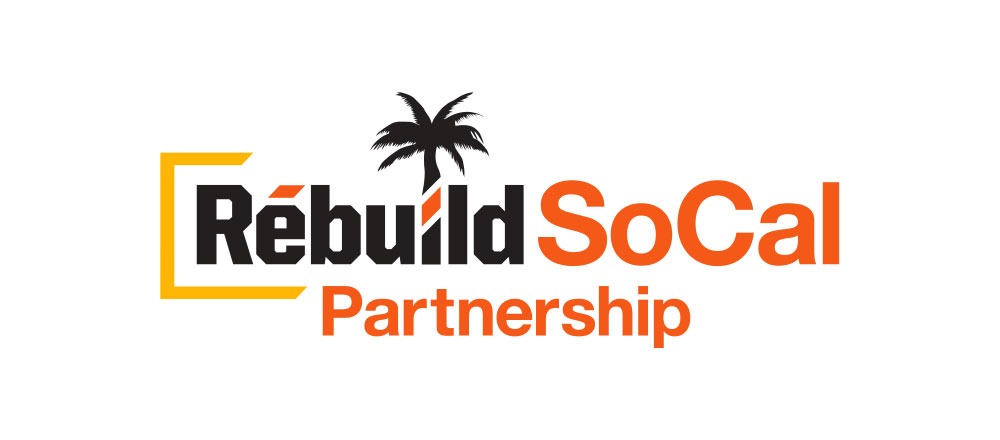Where We Are, What to Do
California has a long history of drought and data shows the 2011-2017 drought was indeed “exceptional.” While some experts say we became aware of lessons from that drought, they also remind us that every drought is different. Now scientists are saying our current situation could potentially be “the worst drought in 1,200 years.”
There is cause for concern for all Californians. And while the causes of drought are complex, understanding the role we play and why it’s important to take action are critical if we’re going to get through this crisis together.
Hot, hot, hot
California isn’t alone. Many Southwestern states are finding this to be one of the driest years in their histories. “The word drought just doesn’t do it anymore,” John Fleck, a professor in water policy at the University of New Mexico told NPR, “Drought implies a dry spell that ends with a wet spell. And climate change is fundamentally changing things.”
Our state relies heavily on reservoirs and atmospheric rivers for water. Both are problematic at this time. The design of the major water reservoirs in The Golden State were based on the assumption that snowpack would act as a natural reservoir in the mountains. Additionally, we’ve relied on another 20 to 50% of our precipitation from atmospheric rivers.
Warmer temperatures cause less snow to fall. The snowmelt that is available in the mountains is often absorbed by extremely dry soil before it can make its way to reservoirs. Climate change also impacts the pattern and number of atmospheric rivers that develop. We may not see as many as we need. Meanwhile, other parts of the country face extreme floods.
SoCal’s situation
Towns like Mendocino have gone dry and water levels are so low in Lake Oroville that it now impacts power generation. Gov. Gavin Newsom has asked all residents to reduce their water usage by 15%. While there’s a California Drought State of Emergency, eight counties – Imperial, Los Angeles, Orange, Riverside, San Bernardino, San Diego, San Francisco, and Ventura – do not fall under it. All are primarily located in Southern California; how (and why) did SoCal dodge this proclamation?
According to Alex Hall, the director of UCLA’s Center for Climate Science, Southern Californians get water from multiple sources, such as the Colorado River, LA aqueduct, and the Sierra Nevadas. Additionally, Southern California relies more heavily on recycled wastewater and groundwater; reservoirs are still mostly full after the very wet winter of 2019.
“Southern Californians have done a great job maintaining lower water use since the last drought,” says Adel Hagekhalil, general manager of the Metropolitan Water District of Southern California, “yet this drought demands that we all re-examine and renew our water-saving habits and do everything we can to use this precious resource as wisely as possible.”
Conserving water is important, even in San Diego where residents find themselves in a pretty good place thanks to improved infrastructure. The city “put a huge amount of money into storage to get us through droughts without so much risk of running out of water,” said Shauna Lorance, director of the City of San Diego’s Public Utilities Department.
Additionally, a loan from the U.S. Environmental Protection Agency to The East County Advanced Water Purification Program will help produce up to 11.5 million gallons per day of new drinking water, approximately 30% of the current drinking water demands for residents.
Investing in our future
“If this drought was totally due to natural variability, then we would at least have the comfort of knowing at some point, good luck is very likely to show up again and this is going to end,” Park Williams, a bioclimatologist and associate professor at UCLA told The Los Angeles Times. “But the knowledge that a fair amount of this current drought is attributable to human-caused climate trends tells us that we may have not seen the worst yet.”
So how do we cope and get through this crisis? Certainly no amount of money can make the heavens rain, but it is vital that we stop talking about what needs to be done and commit to making sound infrastructure investments. We must learn from previous droughts and apply those lessons moving forward. When we’re blessed with precipitation, capturing and storing it is critical. Potable water shouldn’t be allowed to simply drain into the ocean.
It’s important to diversify our water portfolio and find other sources to tap such as recycling and desalination.
And we absolutely must move away from water-wasting practices and use every drop mindfully. Conserving water may not solve the situation we’re in, but until bigger infrastructure solutions are put into place, every little bit helps in the effort.
Learn more about current drought conditions, the state’s response, and other resources available to the public. Stay up-to-date on this and other important infrastructure issues by signing up for the Rebuild SoCal Partnership newsletter. Follow us on Facebook, Twitter and Instagram, and listen to The Rebuild SoCal Zone podcast.

